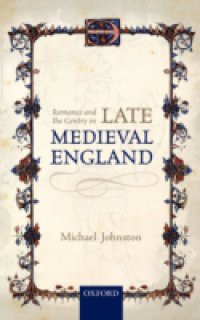Литмир - Электронная Библиотека > Johnston Michael (EN) > Romance and the Gentry in Late Medieval England

| Romance and the Gentry in Late Medieval England
Чтобы оставить свою оценку и отзывы вам нужно зайти на сайт или зарегистрироваться | |||||||||||||||||||||||||||||||||||||||||||||||||||||||||||||||||

| Romance and the Gentry in Late Medieval England
Чтобы оставить свою оценку и отзывы вам нужно зайти на сайт или зарегистрироваться | |||||||||||||||||||||||||||||||||||||||||||||||||||||||||||||||||